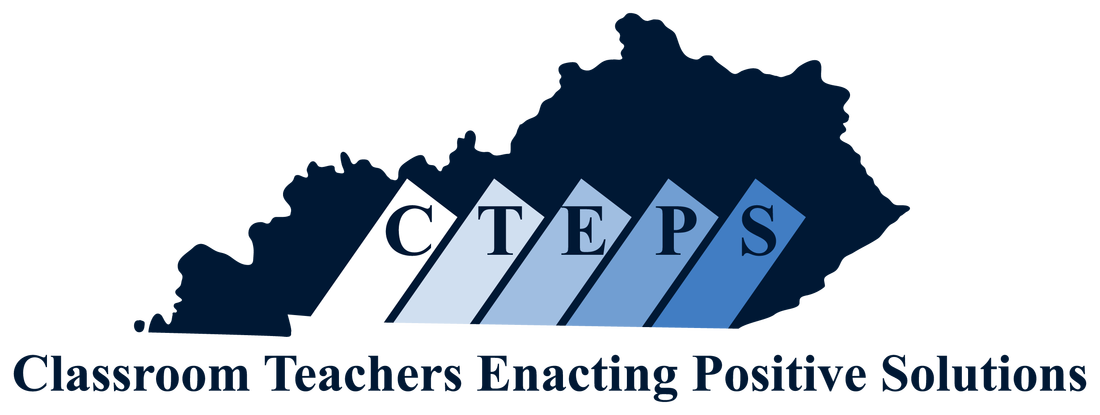What should we be teaching in kindergarten? What do our students really need?
In our current educational climate, this is the subject of much debate. We often hear:
If you spend much time reading about trends in kindergarten, and really in all of early childhood education from preschool through second grade, you will find that there is a lot written about this idea of doing “more”, reaching higher, helping our students to excel and be prepared for the world that lies ahead of them. A world of technology. A world in need of new ideas and new solutions. A world that hasn’t even been imagined yet.
But I think we are on the wrong track in how we are trying to achieve these goals. And I’m not alone. There is a growing body of research that is questioning and analyzing our current trend in early childhood education. Challenging the idea that what our youngest learners need is more content instruction; more reading, writing and math. This research, spearheaded by groups like the NAEYC (National Association for the Education of Young Children), DEY (Defending the Early Years), and the Alliance for Childhood, is beginning to demonstrate what many early childhood specialists have always known and never questioned…
Young children in preschool and kindergarten learn best in environments that support a variety of types of play rather than highly structured, adult led, academic activities. Furthermore, research is demonstrating that too much highly structured learning and a push for content knowledge actually has detrimental effects on reading and math skills and that these negative effects are a direct result of introducing academics too early in a child’s educational career.
This idea is supported by a review of the countries that make up the “top 10 high performers in education” which includes such countries as Poland, Finland, Ireland, South Korea and Japan—all countries in which students do not begin formal education until age 6 or 7. While the U.S. is citing research that proves our students are behind in reading and math by age 7 and that students who read a grade level behind their peers at age or 9 will never catch up, students in Finland don’t even begin reading instruction until age seven.
Could it be that we are expecting too much too soon? And that by doing so we are leaving out basic foundational skills that children need to be successful lifelong learners and to succeed in the 21st century? Research is saying YES.
A review of the research of Dockett and Fleer (1999), Shipley (2008), and Lester and Russell (2008), Dr. Lennie Barblett finds that seven types of play are crucial to the development of self-regulation, self-motivation, problem solving, curiosity, empathy and industry. All of these traits developed in early play feed directly into the “21st Century skills” that many school systems and most business and industry are seeking in graduates. 21st century skills include critical thinking, problem solving, creativity, flexibility, leadership and initiative.
If play is the way to develop these skills, then it is imperative that we find a more appropriate balance in our schools so that children can develop not only reading, writing and math skills but also this critical affective content.
As schools pursue the goals of “excellence” and “achievement” they must keep in mind their clientele…the children. Not only do we need to understand how children relate to the content that we must teach, but we must also understand who young children are as learners. It is essential that part of this understanding be learning more about the importance of play in early childhood learning settings. Play can no longer be ignored.
“Play is the only way the highest intelligence of humankind can unfold.” -Joseph Chilton Pearce
In our current educational climate, this is the subject of much debate. We often hear:
- Our children need to excel.
- We need to teach more content in the early grades to ensure that children don’t fall behind.
- Research shows that students in the U.S. are well behind their peers in other countries.
If you spend much time reading about trends in kindergarten, and really in all of early childhood education from preschool through second grade, you will find that there is a lot written about this idea of doing “more”, reaching higher, helping our students to excel and be prepared for the world that lies ahead of them. A world of technology. A world in need of new ideas and new solutions. A world that hasn’t even been imagined yet.
But I think we are on the wrong track in how we are trying to achieve these goals. And I’m not alone. There is a growing body of research that is questioning and analyzing our current trend in early childhood education. Challenging the idea that what our youngest learners need is more content instruction; more reading, writing and math. This research, spearheaded by groups like the NAEYC (National Association for the Education of Young Children), DEY (Defending the Early Years), and the Alliance for Childhood, is beginning to demonstrate what many early childhood specialists have always known and never questioned…
Young children in preschool and kindergarten learn best in environments that support a variety of types of play rather than highly structured, adult led, academic activities. Furthermore, research is demonstrating that too much highly structured learning and a push for content knowledge actually has detrimental effects on reading and math skills and that these negative effects are a direct result of introducing academics too early in a child’s educational career.
This idea is supported by a review of the countries that make up the “top 10 high performers in education” which includes such countries as Poland, Finland, Ireland, South Korea and Japan—all countries in which students do not begin formal education until age 6 or 7. While the U.S. is citing research that proves our students are behind in reading and math by age 7 and that students who read a grade level behind their peers at age or 9 will never catch up, students in Finland don’t even begin reading instruction until age seven.
Could it be that we are expecting too much too soon? And that by doing so we are leaving out basic foundational skills that children need to be successful lifelong learners and to succeed in the 21st century? Research is saying YES.
A review of the research of Dockett and Fleer (1999), Shipley (2008), and Lester and Russell (2008), Dr. Lennie Barblett finds that seven types of play are crucial to the development of self-regulation, self-motivation, problem solving, curiosity, empathy and industry. All of these traits developed in early play feed directly into the “21st Century skills” that many school systems and most business and industry are seeking in graduates. 21st century skills include critical thinking, problem solving, creativity, flexibility, leadership and initiative.
If play is the way to develop these skills, then it is imperative that we find a more appropriate balance in our schools so that children can develop not only reading, writing and math skills but also this critical affective content.
As schools pursue the goals of “excellence” and “achievement” they must keep in mind their clientele…the children. Not only do we need to understand how children relate to the content that we must teach, but we must also understand who young children are as learners. It is essential that part of this understanding be learning more about the importance of play in early childhood learning settings. Play can no longer be ignored.
“Play is the only way the highest intelligence of humankind can unfold.” -Joseph Chilton Pearce
Annie Wheatcraft teaches kindergarten at Westridge Elementary in Franklin County Public Schools.


